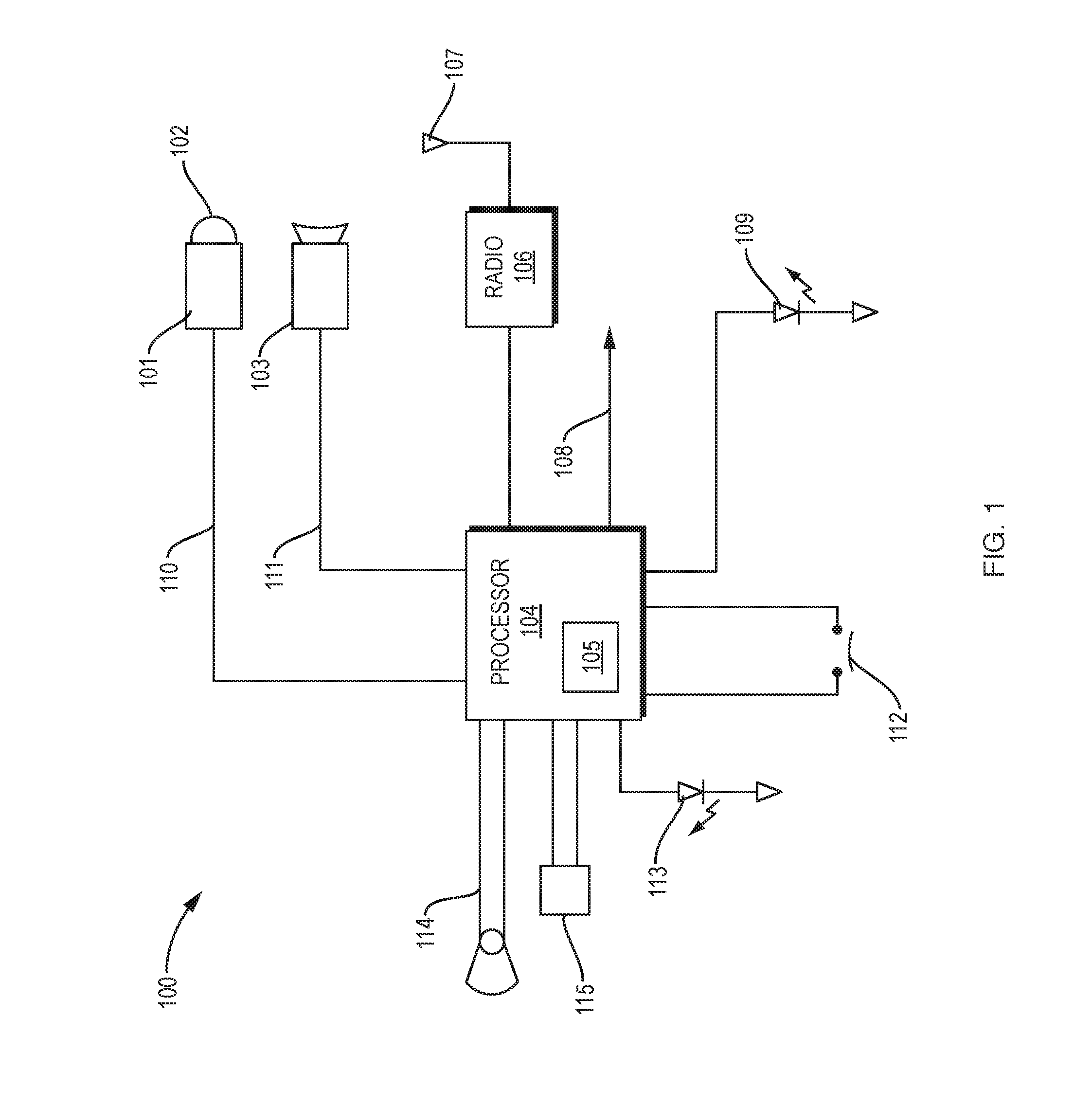The global trend of an aging populace is well known; this creates a challenge in caring for these
older people while still respecting their independence and privacy.
However, aging-in-place can also put elders at risk, especially if they live by themselves; as of 2014 approximately 30% of the 40M
community-dwelling elders, or about 12M people, live alone.
One of the biggest risks to older people living by themselves is falls.
Falls are the leading cause of injury and death for older people.
Even minor falls can result in significant changes in independence.
Over one half of elders who fall are unable to get up without assistance and they are more likely to suffer additional complications and poorer prognoses.
Unfortunately, for people living alone, a fall can lead to many hours of pain and helplessness on the floor until someone happens to discover them.
It should be noted that these systems do not generally provide any
event data related to habitual or safety events; they are focused on emergent events.
Even then, the obvious and significant limitations of this approach include: (i) the need for the elderly person to push the button, which may be difficult if the person is unconscious or has
dementia so forgets the button; (ii) the elderly person must always have the button within reach (even at night); (iii) the button /
transmitter must be within radio range of the
receiver / speaker-phone; and (iv) many
elderly people do not enjoy wearing the button.
However, none of the prior art overcomes the fundamental flaw in the approach that the potential fall victim must wear the device on their person constantly—even at night.
Other limitations include (i) the relatively
high rate of false alarms generated from normal
activities of daily living (ADL) or having the sensing
accelerometer accidentally drop to the floor; (ii) the relatively high cost of such a device; (iii) like the PERS above, the sensing device must be within radio range of the
receiver / speaker-phone; and, similar to the PERS, (iv) many elderly patients do not enjoy wearing the
accelerometer.
These systems are severely limited because (i) they only work with a single person living in the home; (ii) they require complex and expensive computer and sensor infrastructures to be installed throughout the entire home; and (iii) most significantly, they typically take many tens-of-minutes to hours before they determine that a pattern is truly changed and hence an alarm for an emergent event should be generated—these are many hours that a fall victim is potentially
lying in pain on the floor.
While this approach again has the
advantage of allowing
remote detection of falls, it has a very significant limitation in that it requires video cameras to be constantly monitoring all the rooms of the elder's home.
This creates obvious and significant privacy concerns.
While this system is valuable in that it is passive (doesn't require the elder to wear anything), the ceiling-mounted devices are difficult to install and expensive.
The challenge with these devices is that their resolution decreases significantly as a function of distance; they are optimized for a range of 8-10 feet; it is desirable to be able to monitor an entire room (which could be 20+ feet long) with a single device.
Such prior art devices can typically only detect falls and not other events.
While this approach must help reduce the false alarms created by having only one sensor, it unfortunately has the disadvantages of both
accelerometer- and video-based solutions.
Namely, it requires the person to remember to constantly wear the accelerometer and has the privacy concerns of
video monitoring.
This “dual zone” approach is subject to a high
false alarm rate because the system cannot distinguish a fall from laying down in
bed or a fast movement to sit down.
Since the system only looks at
infrared energy it cannot distinguish pets from humans, which also generates false positive alarms.
The system also will not work there is more than one person in the room.
Finally, while this system can identify movement as well as falls, it cannot identify events such as visitors, bathroom use, etc.
However, this approach still suffers from high false positives because the system cannot distinguish a fall from laying down in
bed or a fast movement to sit down.
It is also subject to the obvious
disadvantage of needing to be accurately and precisely placed a known distance from the floor, which complicates installation.
This reduces the
processing power and also reduces privacy concerns because no discernable features can be obtained.
However, if there is movement in the room the
resultant will be the distance of the moving object for the sensor.
 Login to View More
Login to View More  Login to View More
Login to View More 


